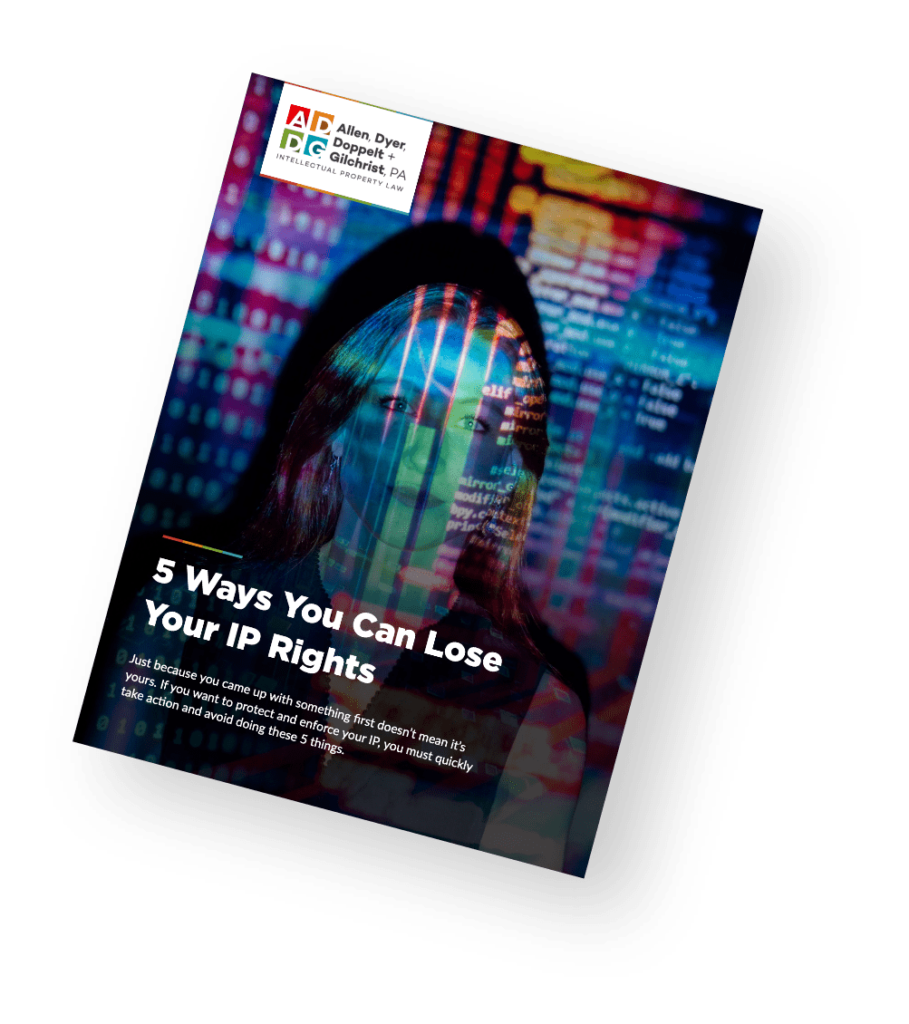- Home /
- Resource Center /
- Copyright FAQS
U.S. Copyright FAQs
A copyright is a form of protection provided to authors of “original works of authorship,” including literary, dramatic, musical, artistic, architectural and certain other types of intellectual works.
The United States copyright law gives the owner of a copyright the exclusive right to do and to authorize others to do the following: reproduce the copyrighted work; prepare derivative works; distribute copies by sale, rental or lease; and perform or display the copyrighted work publicly. It is a violation for anyone to violate any of the rights provided to the owner of a copyright, subject to certain limitations such as “fair use” and, for some works, “compulsory license.”
Copyright protection exists for original works of authorship from the time the work is first fixed in a tangible form of expression. The fixation does not have to be directly perceptible, so long as it may be communicated with the aid of a machine or device. There is no requirement that the work be new or non-obvious, only that it be original.
Among those works which are copyrightable are literary works; musical works; dramatic works; pantomimes and choreographic works; pictorial, graphic and sculptural works; motion pictures and other audiovisual works; sound recordings; computer programs and architectural works.
Materials which are not generally copyrightable include works that have not been fixed in tangible form of expression; titles, names, short phrases, and slogans; familiar symbols or designs; mere variations of typographic ornamentation, lettering or coloring; mere listings of ingredients or contents; ideas, procedures, methods, systems, processes, concepts, principles, discoveries, or devices, as distinguished from a description, explanation, or illustration; works consisting entirely of information that is common property and containing no original authorship. (Note: patent or trademark protection may be available for some of these.)
Copyright protection is secured automatically when a work is created and fixed in a copy or recording for the first time. However, to enforce a copyright against infringers, the work must be registered in the U.S. Copyright Office.
When a work is published under the authority of the copyright owner, a notice of copyright may be placed on all publicly distributed copies or recordings. Under the Berne Convention, a copyright notice is no longer required in the United States for works first published on or after March 1, 1989. However, it is recommended that a copyright notice be placed on all copies of a copyrighted work. One advantage in using a copyright notice is that it prevents a party who is sued for infringement from asserting a defense of innocent infringement.
The use of the copyright notice is the responsibility of the copyright owner and does not require advance permission from or registration with the Copyright Office. The copyright notice generally includes three elements:
- The symbol © (the letter “C” in a circle), and/or the word “Copyright,” or the abbreviation “Copr.” (But records, tapes or CD’s of sound recordings must use the symbol Ⓟ(the letter “P” in a circle));
- The year date of first publication; and
- The name or abbreviation of the name of the copyright owner.
The year date may be omitted for certain types of works. The notice should be positioned so as to give reasonable notice, with all three elements of the notice appearing together.
The copyright in a work of authorship immediately becomes the property of the author or artist who created it, and only the author or those deriving rights from the author can rightfully claim copyright. Co-authors are generally considered co-owners of the copyright.
In the case of a work made for hire, the employer and not the employee is presumptively considered the author. A “work made for hire” is: (1) a work prepared by an employee acting within the scope of employment; or (2) a work (but only certain types of works) specially ordered or commissioned according to a written agreement that designates the work as one made for hire.
Any or all of the exclusive rights, or any subdivision of those rights, of the copyright owner may be transferred, but the voluntary transfer of exclusive rights is not valid unless that transfer is in writing and signed by the owner of the rights conveyed. Transfer of a right on a nonexclusive basis does not require a written agreement.
Present copyright law generally permits the termination of a grant of rights after 35 years under certain conditions by serving written notice on the transferee within specified time limits.
For works by individual authors, the term of copyright is the life of the author, plus 70 years after the author’s death. The term of copyright in works for hire or corporate-owned works is 95 years from the first publication, or 120 years from creation, whichever is longer.
Copyright registration is a legal formality intended to make a public record of the basic facts of a particular copyright. Registration is not normally a condition of copyright protection. Registration does, however, offer significant benefits, among which are:
- Registration establishes a public record of the copyright claim;
- Registration of a U.S. work is necessary before any infringement suits may be brought in court;
- If made before or within five years of publication, registration establishes a presumption in court of the validity of the copyright and the facts stated in the certificate; and
- You can get statutory damages if you register any time before the infringement. If you register within 3 months of publication, you can also get statutory damages, even if the registration is after the infringement. See 17 USC 412(2).
Copyright registration is done electronically, and registration may be made at any time within the life of the copyright.
PLEASE NOTE: The information included herein is for informational purposes only. The Firm does not intend to create an attorney-client relationship with you by providing this information.



